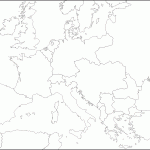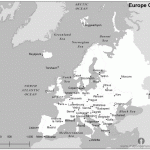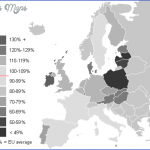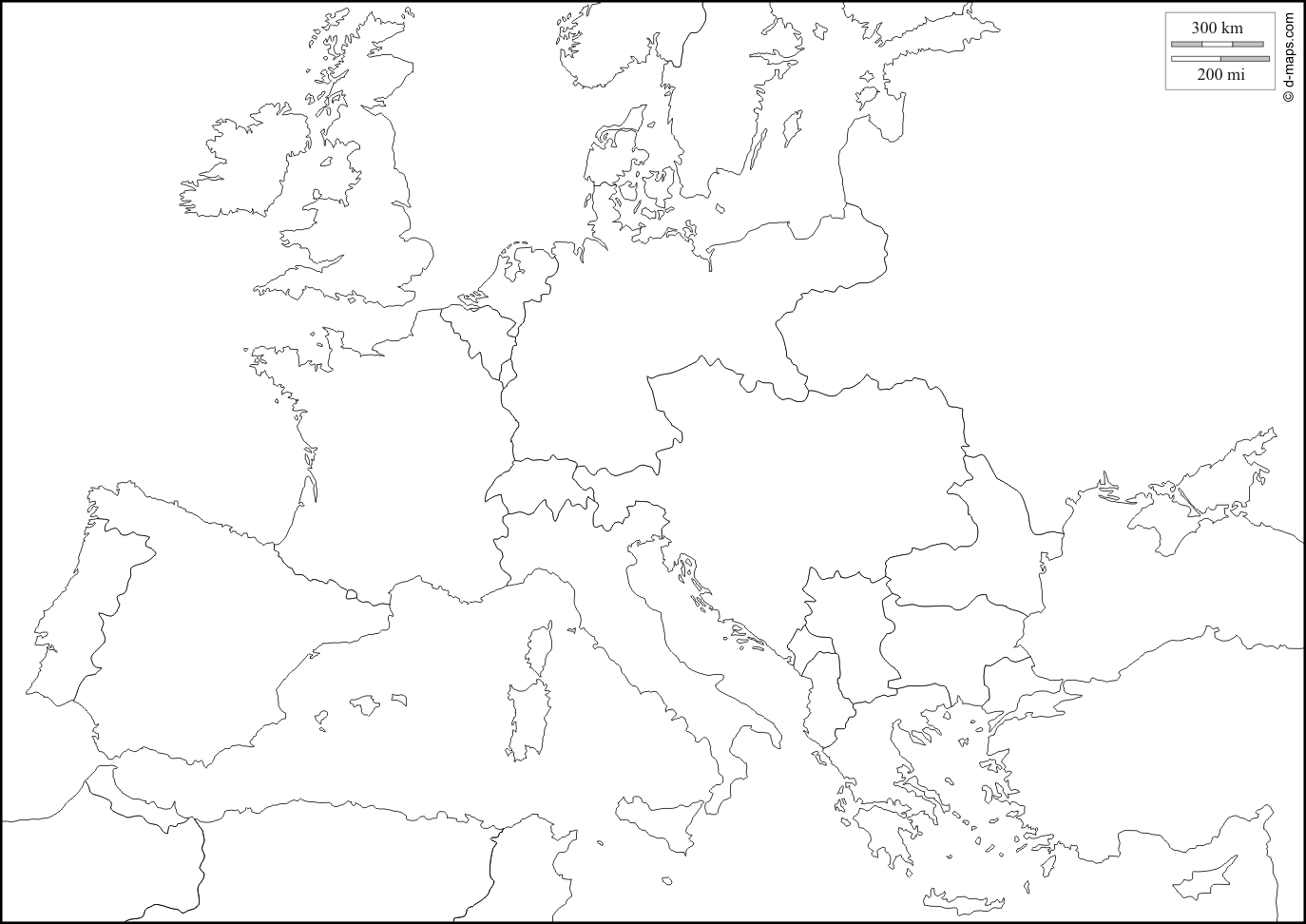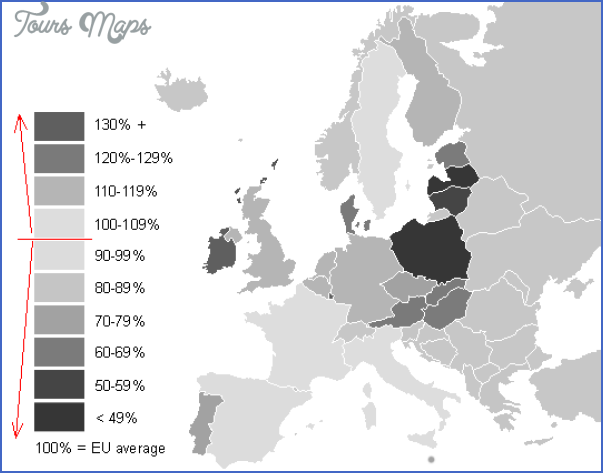EUROPE IN BLACK AND WHITE
The Prevalence of Xenophobia in Modem Europe
In Europe as in America, cultural racism has long been a tale of bodies told as a story about minds an evaluation of hair and skin behind claims about culture and language. This is evident to every child who, though bom and raised in Europe, is perceived as an immigrant because she looks Middle Eastern” or looks African.
Anti-immigrant agitators have caused several recent electoral earthquakes. In 1999, the ultranationalist party of Jorg Haider shocked the European Union by attracting more than one-fourth of Austria’s voters and becoming part of the country’s governing coalition. Regimes in Italy, Portugal, and Denmark also depend on the extreme right to maintain parliamentary majorities. Osama bin Laden’s September 11th gift to reactionary forces worldwide aided the Dutch Muslim-baiting party of the late Pim Fortuyn as well as France’s Jean-Marie Le Pen, who was supported by 17% of the electorate in the first round of the 2002 presidential election.
Political entrepreneurs of the far right fan xenophobic fires by framing immigrants and native workers as rival claimants to material resources and social respect. In a western Europe of advanced general-welfare policies, resources for health-care, education, and housing, as well as unemployment benefits, have been squeezed during recent decades of retrenchment. Some politicians portray immigrants as getting something for nothing, receiving social support without having contributed to society. The immigrants themselves are in a catch-22: they are resented if they are unemployed (and thus seen as living off other people’s taxes), but also if they find jobs (seen as taking them from natives).
Support for anti-immigrant parties comes largely from the working classes; bourgeois racism also exists, but wealthy citizens often value the inexpensive labor provided by inunigrants even while looking down on them. Working-class opposition to immigration arises above all from the humiliations that workers have suffered. A man who welds fenders eight hours a day at a Renault fac-
tory, barely supporting his family in a dreary suburban flat then finds himself unemployed when production is shifted abroad is unlikely to welcome a Rwandan refugee, much less to empathize with her own biography of humiliations.
Immigration is also debated as part of Europe’s ongoing cultural globalization. Multinational products perceived as American from food to news to movies have saturated the continent. Citizens of many countries (not least France) see this development as jeopardizing national integrity. Non-European immigrants may be framed as further eroding an imagined cultural homogeneity due to their different diets, clothing, religion, and language.
The more extreme right-wing politicians supplement economic and cultural discourses with imagery of bodily and sexual danger. As in racisms the world over, men of the disfavored groups are presented as violent, criminal, and predatory toward women invaders, Le Pen once said, who want to sleep in my bed, with my wife. In fact, it is the immigrants who are often the victims of crimes, committed largely by the underemployed sons of marginalized workers. Here racism is at its most obvious: those targeted may not be foreign at all, but native citizens who happen not to be white.
A politician who opposes anti-immigrant parties and the violence they sometimes condone faces a political obstacle course. How to protect asylum seekers arriving from a war-torn world while at, the same time reassuring the public that the nation is strictly guarding its borders? How to reduce unemployment while also encouraging immigration of needed workers in such sectors as high technology and care of the expanding elderly population? How to balance respect for cultural and religious differences with the need to socialize new arrivals in the values and habits of the host society? In the hard-won answers to these questions lies the fate of the European Dream, a vision of an inclusive and egalitarian society extending across a continent.
Dr. Brian Palmer lectures on ethnography and ethics, and Kathleen Holbrook researches globalization and human values. They were voted Harvard’s best young faculty member and teaching fellow, respectively, fora course which the New York Times nicknamed Idealism 101.”
EUROPE IN BLACK AND WHITE Photo Gallery
Maybe You Like Them Too
- Explore Pulau Sebang Malaysia with this Detailed Map
- Explore Southgate, Michigan with this detailed map
- Explore Les Accates, France with this Detailed Map
- Explore Góra Kalwaria, Poland with this detailed map
- Explore Gumdag, Turkmenistan with this detailed map

